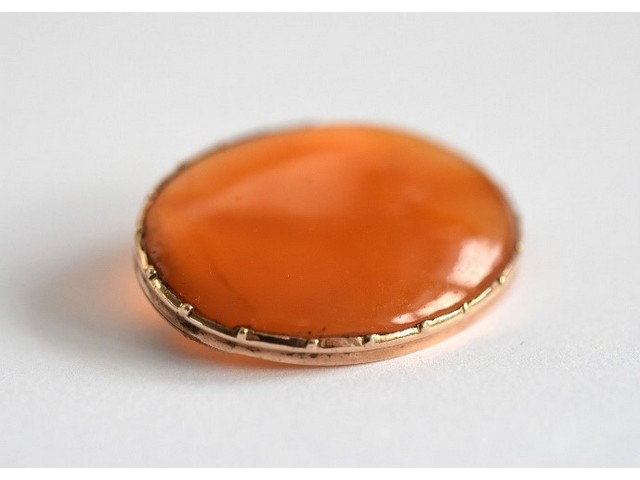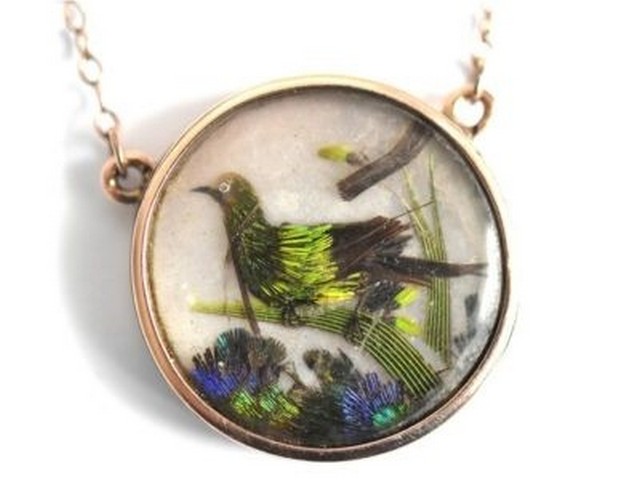A lot of friends and customers ask me for my opinion on Jewellery they’ve recently acquired. One of the most frequent questions is “how can I tell if a piece of jewellery is old” especially when the history of the piece is unknown.
There are a few things I consider when coming to assess a piece of jewellery:
- Hallmarks
- The quality of the craftsmanship
- The style/cut of the stones
- The type of setting
- Where was it bought i.e. abroad
- Does it seem unusual
- Is the piece intriguing
- Signs of use e.g what is the shank like: does the band look well worn?
Genuine antique and old jewellery can be identified by certain key characteristics and sign posts. Jewellery design, styles, tastes and materials have changed over the years reflecting contemporary fashions and social interests.
One of the most desirable eras of jewellery which people love and enjoy collecting is Georgian (1714 – c.1837). Just like the grand, classic and elegantly designed houses of the Georgian period, jewellery was no exception. Here are a few key areas to look at and consider when identifying a piece of genuine antique Georgian jewellery; 1) setting 2) gemstones 3) themes/tastes, including sentimental and mourning jewellery 4) how it feels and looks
Setting – a very common setting used during the Georgian period was the ‘crimpled collet’. Here prong like claws hold gemstones tight and help to keep moisture out of closed back pieces.
Many items of jewellery including Georgian brooches, rings and pendants have smooth enclosed back plates, which are referred to as closed backs. Quite often the closed back setting was used to foil back gemstones.
Gemstones – As a general guide, clear gemstones including diamonds, rock crystal and paste were set in silver or white colour metal mounts. If they had a closed back setting then they would often have a thin sheet of silvered foil to help their reflectivity. Sometimes coloured foils were used at the back of clear stones to make them appear to be a different, more valuable gemstone, ie coloured topaz, emerald, ruby. Georgian diamonds were usually either rose or cushion cut. Diamonds were rare and stone cutters strived to maximize and use as much of the stone as possible. Note however that diamonds can still be rose and cushion cut today and many modern fakes use this style of diamond. Genuine Georgian diamonds were predominantly irregular in shape, had many natural carbon inclusions and weren’t brilliant white (colour D).
For many people diamonds were just too expensive so jewellers created paste jewellery which helped to open up the ‘diamond’ replica market. Pieces of glass were hand cut in the same way as diamonds and quite often had a small black dot painted on the bottom of the culet. This created as sense of depth. Again, Georgian paste jewellery would have closed back settings. Today, fake pieces can often have a small hole through the back of the setting to mimic the black dot.
Besides diamonds, emeralds, sapphires, topaz, rubies and paste, Georgian’s loved different types of agate, shell, coral, pearls and garnets in particular. Garnets were often cabochon or flat cut. Themes & Tastes – During the Georgian era the world was being discovered with developments in science at the forefront. People were increasingly interested in new countries being explored around the world and Natural History was certainly in vogue. Stately homes were lavishly decorated with exotic treasures and these interests soon found way into jewellery design. For example, bird motif pendants and bracelets were painstakingly made with individual pieces of real exotic bird feathers. This pendant has feathers on a mother of pearl background. Modern equivalents may be painted or even machine printed on plastic backgrounds.
Another area of interest which oozes beautifully is that of Sentiment. Quite often people refer to sentimental jewellery as Mourning jewellery. However, the Georgian’s would more often express their love rather than their loss. Enamelled rings with hand inscribed names, dates and messages can be found fairly frequently. Hairwork was also very skilfully used, being hand woven into plaque like panels in rings and brooches or tightly woven into 3- dimensional tubes to create bracelets and earrings. Other love-based themes include cupids, bows and arrows, hands, hearts and flowers like pansies and forget-me-nots.
Highly collectable pieces of Georgian sentimental jewellery today include sepia panel rings and pendants. Usually navette or oval in shape, these gorgeous pieces were hand painted on thin slithers of ivory. If you look carefully under a loop (jeweller’s magnifying eye piece) the grain of ivory can usually be seen. Sepia pieces generally depicted seated females next to or near an urn, or underneath a weeping willow tree. Modern sepia fakes have exploded on to the jewellery market in recent years. Look carefully at the surface of the glass panel and consider if it has light signs of wear.
Finally, I like to consider how a piece of jewellery feels. Feeling a piece in your hands really can make all the difference. An old piece of jewellery, even when in good condition, will feel smoother and somehow warmer to touch. There will be many minute scratches to the surface of the gold/silver.





